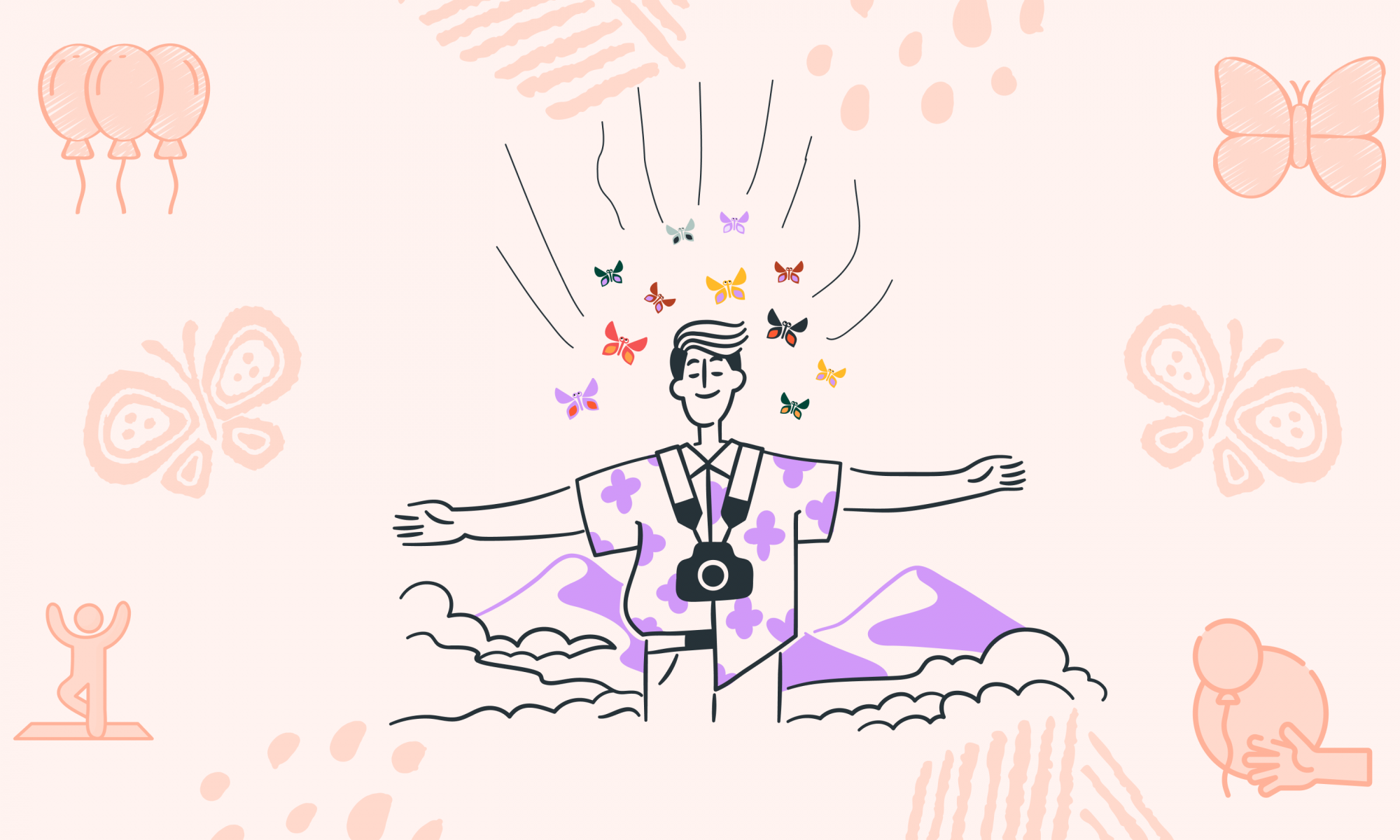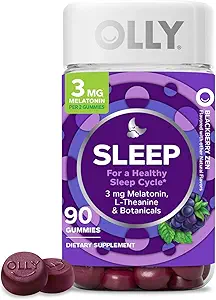The Connection Conundrum
Here we are, in this digital age, more connected than ever with our gadgets and gizmos, yet somehow, truly meaningful connections seem harder to come by. We’re all swiping, clicking, and liking our way through a forest of shallow interactions, trying to find that rare trail that leads to genuine, soulful bonds.
Navigating this maze of emojis and ephemeral chats, we’re all searching for those real-deal connections that resonate deep down. But man, it feels like an uphill battle, doesn’t it?
With every ping and pop-up, the journey to authenticity in our relationships gets tangled in a web of digital distractions, leaving many of us feeling more isolated than connected.
It’s an ironic twist of fate: in a world brimming with ‘friends’ and followers, the quest for true connection becomes all the more elusive, turning every attempt to reach out and really touch someone’s heart into a venture through a vibrant yet often superficial virtual landscape.
The Science of Bonds That Bind Us
At the heart of meaningful relationships is a complex interplay of emotional, cognitive, and neurochemical factors.
Social interactions activate various brain regions, such as the amygdala for emotional processing, the prefrontal cortex for social judgment, and the ventral tegmental area for reward and motivation. These areas work together to help us form social bonds and navigate the complexities of human relationships.
Neurochemically, bonding with others releases oxytocin, often dubbed the ‘love hormone,’ which enhances feelings of trust and empathy. Simultaneously, engaging in meaningful social interactions can boost serotonin and dopamine levels, contributing to a sense of well-being and happiness.
However, when these interactions are lacking or superficial, it can lead to a neurochemical imbalance, affecting our mood and emotional state and leaving us feeling unfulfilled.
Steps to Weave the Web of Connection
To enrich the tapestry of your relationships and ensure they carry significant meaning, consider these steps:
- Prioritize Quality Over Quantity: Focus on deepening a few key relationships rather than maintaining numerous superficial connections. Quality interactions provide more substantial emotional support and satisfaction.
- Communicate Openly and Honestly: Foster transparency and trust by sharing your thoughts and feelings. Effective communication is the cornerstone of any meaningful relationship.
- Active Listening: Show genuine interest in the other person’s experiences and perspectives. Listening attentively can deepen your understanding and connection.
- Shared Experiences: Create lasting memories together through activities that you both enjoy. Shared experiences can strengthen bonds and build a foundation for a deeper relationship.
- Regular Check-ins: Maintain the connection through regular contact, be it through messages, calls, or meetings, to show that you value the relationship.
Subscribe to newsletter
Get your Gut Health Starter Guide right now.
Elevate your Tuesdays with practical, science-backed wisdom propelling you forward on your gut health journey.

The Harmony of Hearts
James’s transformation unfolded in the glow of his laptop screen, amid the endless scroll of social media feeds. Each day, he navigated a digital sea of faces and status updates, yet the waves of online chatter left him stranded on an island of loneliness.
His world was populated with ‘friends’ he scarcely knew beyond their online personas, leading to a realization that his social life was rich in quantity but poor in quality.
One quiet evening, as James reflected on his growing sense of disconnection, he decided it was time to reclaim the essence of true friendship. He began by reaching out to his family, proposing regular gatherings where phones were set aside, and the only updates shared were real-life experiences and dreams.
These family dinners soon became a cherished ritual, full of laughter, storytelling, and the kind of heartfelt conversations that had become rare in his life.
“Transitioning from the virtual world to the tangible warmth of my living room filled with family was like opening a window in a stuffy room. The fresh air of genuine interaction was invigorating. Encouraged by this, I extended the same approach to my friends, organizing small get-togethers, nature walks, and local adventures.
It was awkward at first, like re-learning how to communicate without a screen as a mediator. But with each shared laugh and every supportive hug, the walls I had built around myself began to crumble.
What struck me most was the depth of conversation and connection that blossomed in these face-to-face interactions. I discovered aspects of my friends and family I never knew, despite years of online ‘friendship.’ This deeper understanding fostered a sense of community and belonging that no digital platform could replicate.
Now, my relationships are fewer but far richer. They are the pillars of my happiness and well-being, a network of genuine bonds that sustain me through life’s ups and downs.”




























